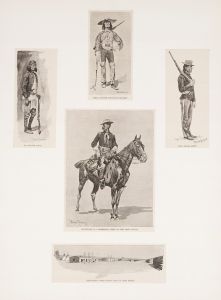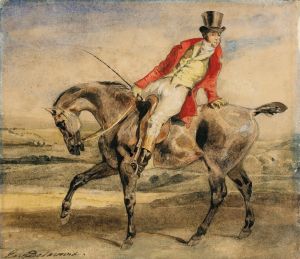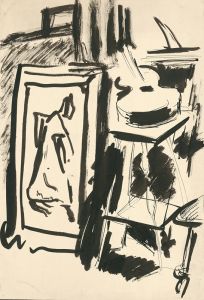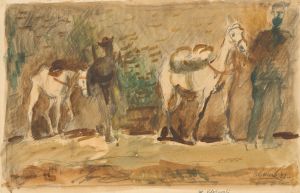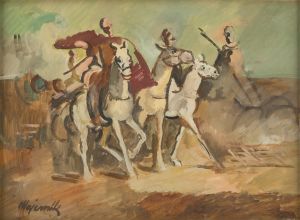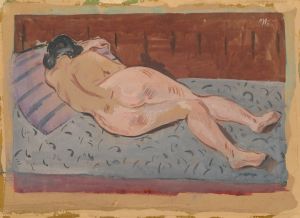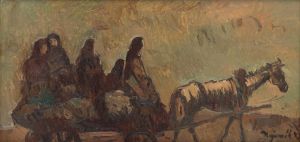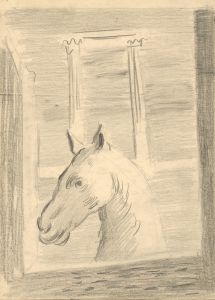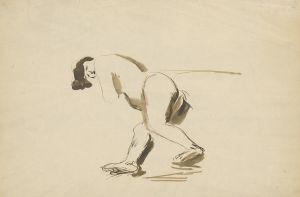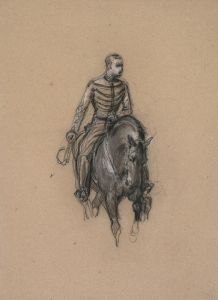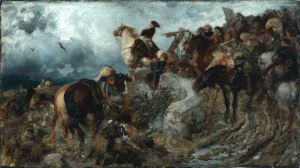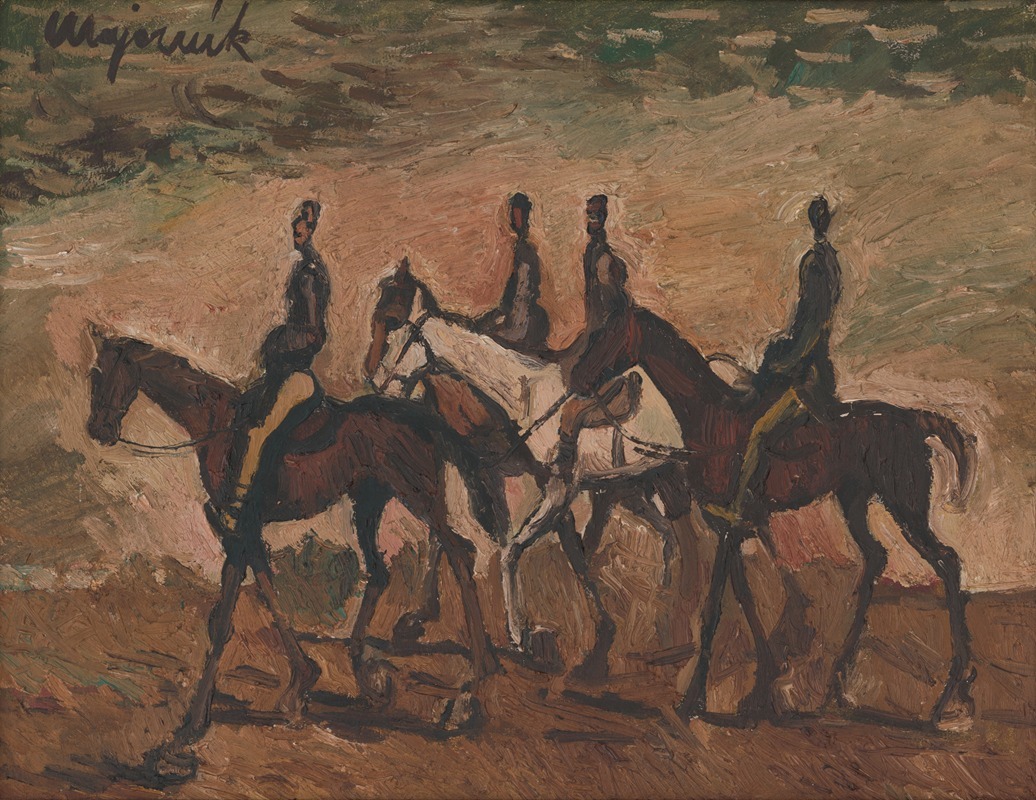
Jazdecká hliadka
A hand-painted replica of Cyprián Majerník’s masterpiece Jazdecká hliadka, meticulously crafted by professional artists to capture the true essence of the original. Each piece is created with museum-quality canvas and rare mineral pigments, carefully painted by experienced artists with delicate brushstrokes and rich, layered colors to perfectly recreate the texture of the original artwork. Unlike machine-printed reproductions, this hand-painted version brings the painting to life, infused with the artist’s emotions and skill in every stroke. Whether for personal collection or home decoration, it instantly elevates the artistic atmosphere of any space.
Cyprián Majerník was a Slovak painter known for his poignant and expressive works, often reflecting the socio-political turmoil of his time. One of his notable paintings is "Jazdecká hliadka," which translates to "The Cavalry Patrol" in English. This painting is a significant piece within Majerník's oeuvre, showcasing his distinctive style and thematic concerns.
Majerník was born on November 24, 1909, in Veľké Kostoľany, then part of the Austro-Hungarian Empire. He studied at the Academy of Fine Arts in Prague, where he was influenced by the European avant-garde movements and the socio-political climate of the interwar period. His works often reflect the anxiety and uncertainty of the era, characterized by expressive forms and a somber palette.
"The Cavalry Patrol" is emblematic of Majerník's focus on themes of conflict and existential struggle. The painting depicts a group of cavalry soldiers, a subject that resonates with the historical context of the time. The interwar period and the lead-up to World War II were marked by military tensions and the rise of authoritarian regimes in Europe. Majerník's choice of subject matter reflects these broader historical currents, capturing the sense of unease and impending conflict.
Majerník's style in "The Cavalry Patrol" is marked by a blend of realism and expressionism. He employs a muted color palette, which adds to the somber and reflective mood of the piece. The figures of the cavalrymen are rendered with a sense of movement and urgency, yet there is a haunting stillness to the scene. This duality is a hallmark of Majerník's work, where the dynamic and the static coexist, reflecting the tension of the times.
The painting also reflects Majerník's technical skill and his ability to convey emotion through form and color. His brushwork is both precise and expressive, capturing the physicality of the horses and riders while also imbuing the scene with a psychological depth. The composition is carefully balanced, with the figures arranged in a way that leads the viewer's eye across the canvas, creating a sense of narrative and engagement.
Majerník's work, including "The Cavalry Patrol," is often interpreted as a commentary on the human condition and the impact of war and conflict on individuals and societies. His paintings are not merely historical records but are imbued with a timeless quality, speaking to universal themes of struggle, resilience, and the search for meaning in turbulent times.
Throughout his career, Majerník remained committed to exploring these themes, even as he faced personal challenges, including a battle with multiple sclerosis, which ultimately led to his untimely death in 1945. Despite his relatively short life, Majerník left a lasting legacy in the world of art, with works that continue to resonate with audiences today.
"The Cavalry Patrol" is housed in the Slovak National Gallery, where it remains an important part of the collection, offering insight into the historical and artistic context of the early 20th century. Majerník's ability to capture the spirit of his time while addressing universal themes ensures that his work remains relevant and impactful, inviting viewers to reflect on the complexities of history and the human experience.






